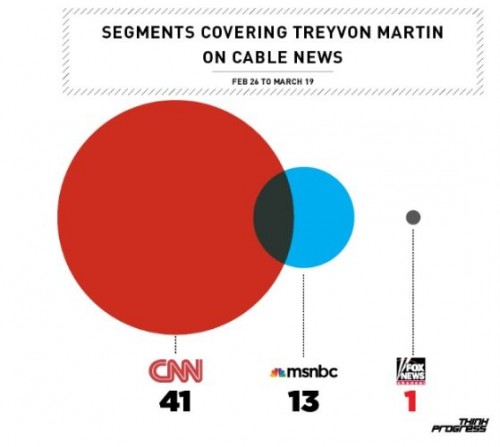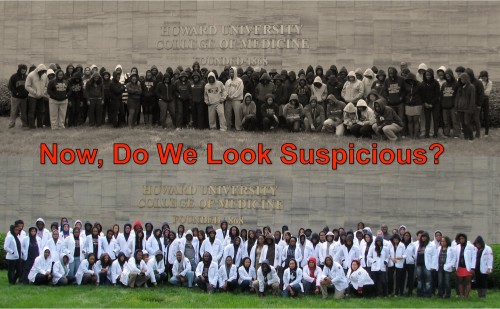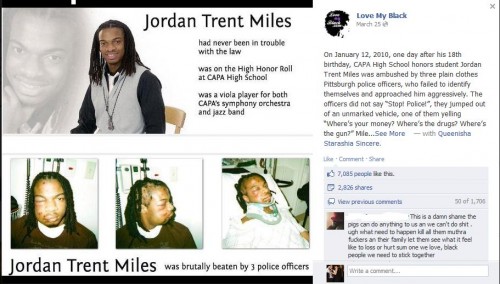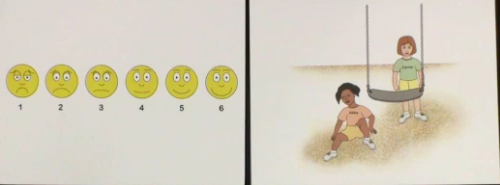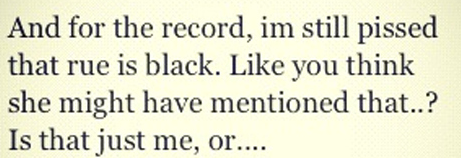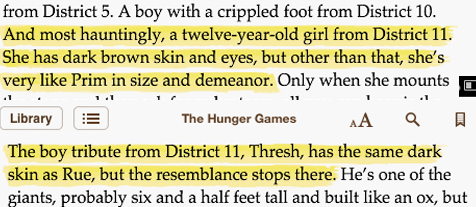I recently put together a Pinterest board featuring our examples of light-tan clothes and products described as “nude,” “skin-colored,” or “flesh-colored.” The practice erases or marginalizes people with medium or dark-colored skin by presuming that everyone’s flesh is light tan… even Michelle Obama can be a victim of this kind of insensitivity. Lil’ Kim, too!
Inspired by our older posts, I decided to check up on the Internets and see if the trend was still alive. Indeed, and alas. The first example I stumbled upon was Vera Wang’s 2012 wedding dress collection. The collection isn’t up on Wang’s website at the time I’m writing, but media outlets are consistently describing the collection as featuring “nude” and “black” dresses. The Huffington Post is one example.
![]()
I decided to go with the wedding theme. At Martha Stewart, she suggests a “powder blue and nude palette” for the ceremony and reception. Project Wedding had many examples of nude clothing and other items. Finally, Belle had a collection of “nude” wedding shoes.
To reiterate, calling this color “nude” reminds us all that light-skinned people are regular people and everyone else needs a modifying adjective. In addition to the many other examples of this that we encounter everyday — like lotion for “normal to darker skin,” ornaments in “bride and groom” and “African-American bride and groom,” and dolls in “dolls” and “ethnic dolls” — these instances can be constant and exhausting examples of one’s marginality.
Lisa Wade, PhD is an Associate Professor at Tulane University. She is the author of American Hookup, a book about college sexual culture; a textbook about gender; and a forthcoming introductory text: Terrible Magnificent Sociology. You can follow her on Twitter and Instagram.



